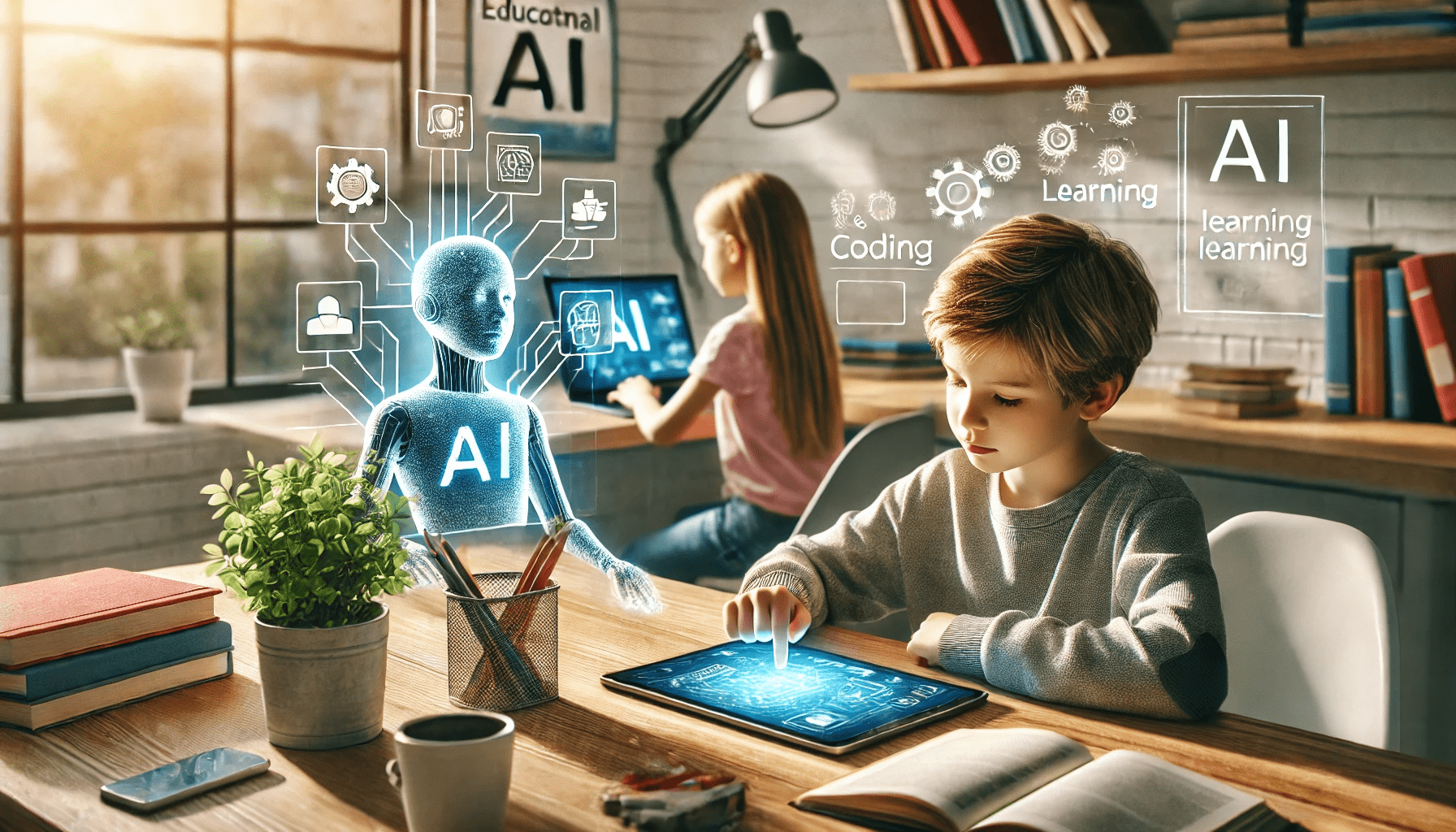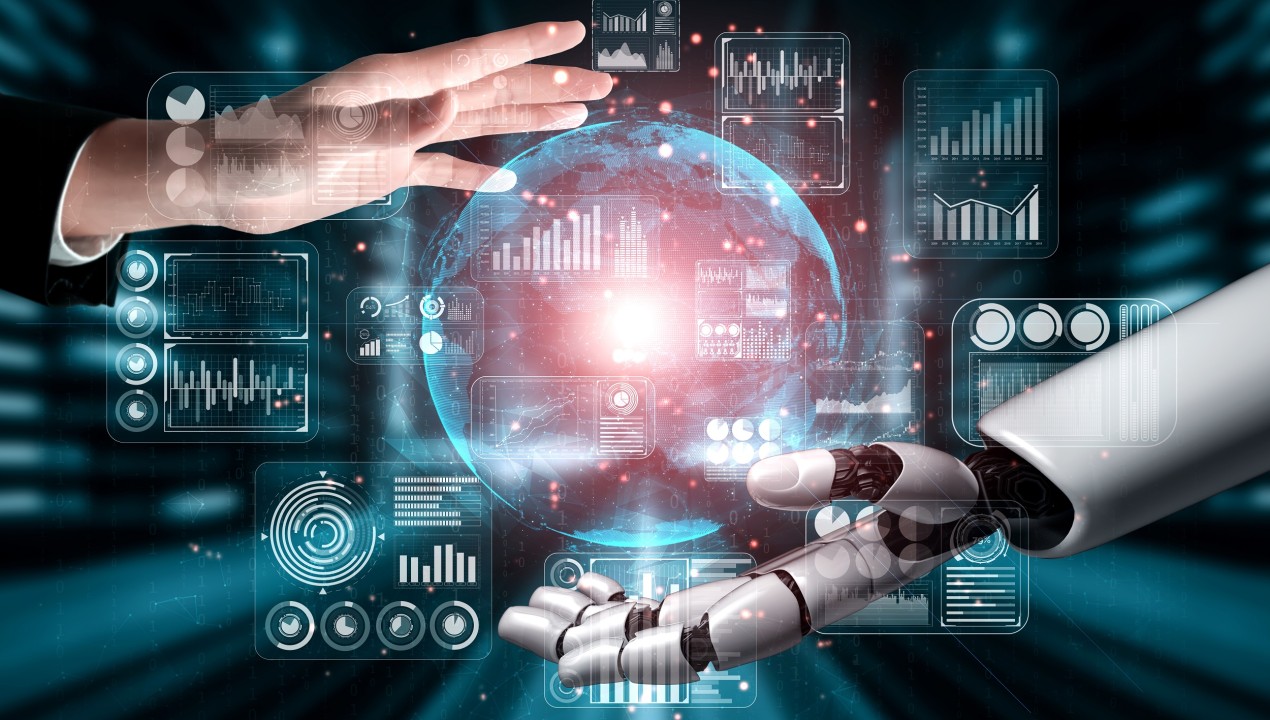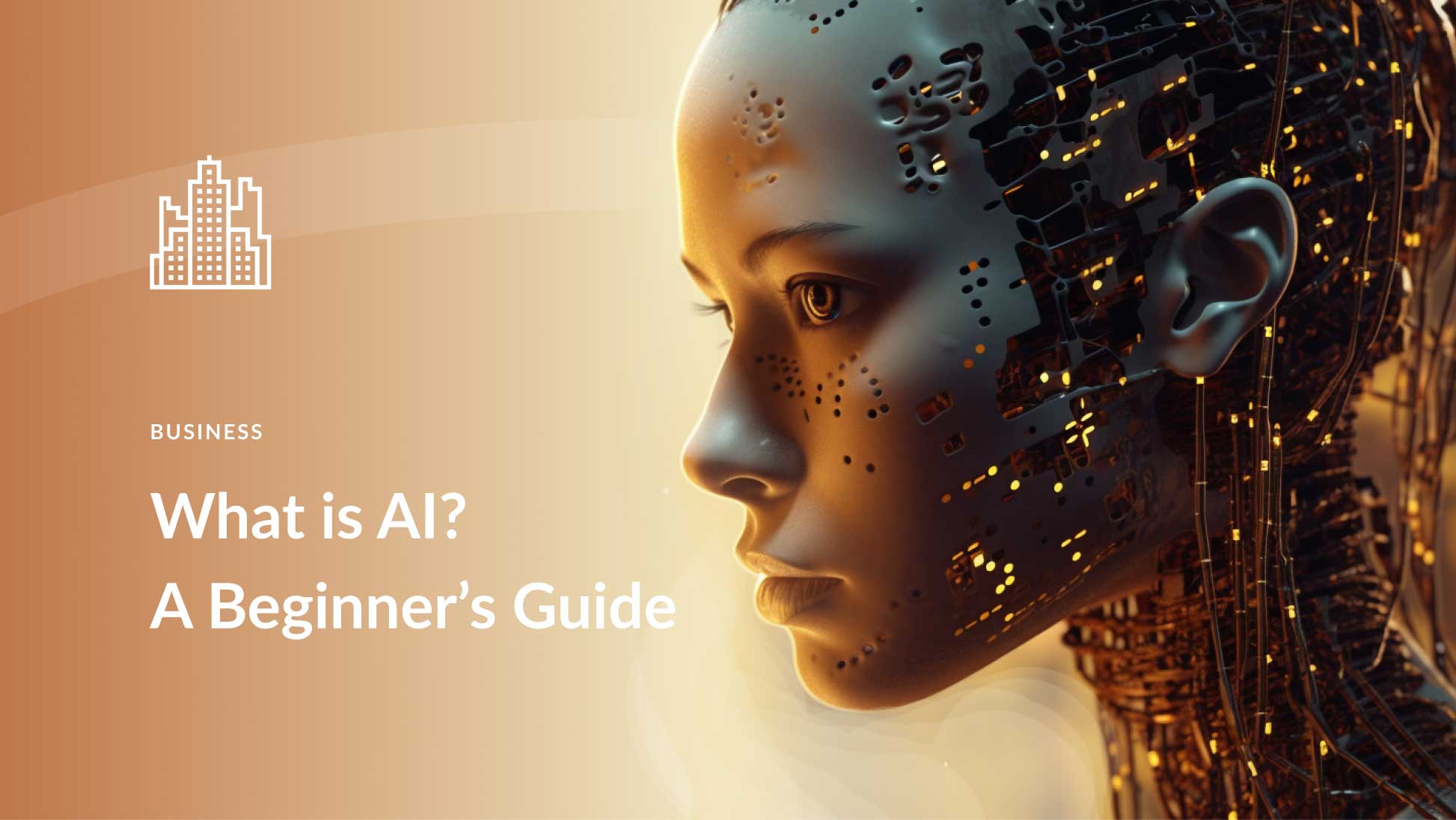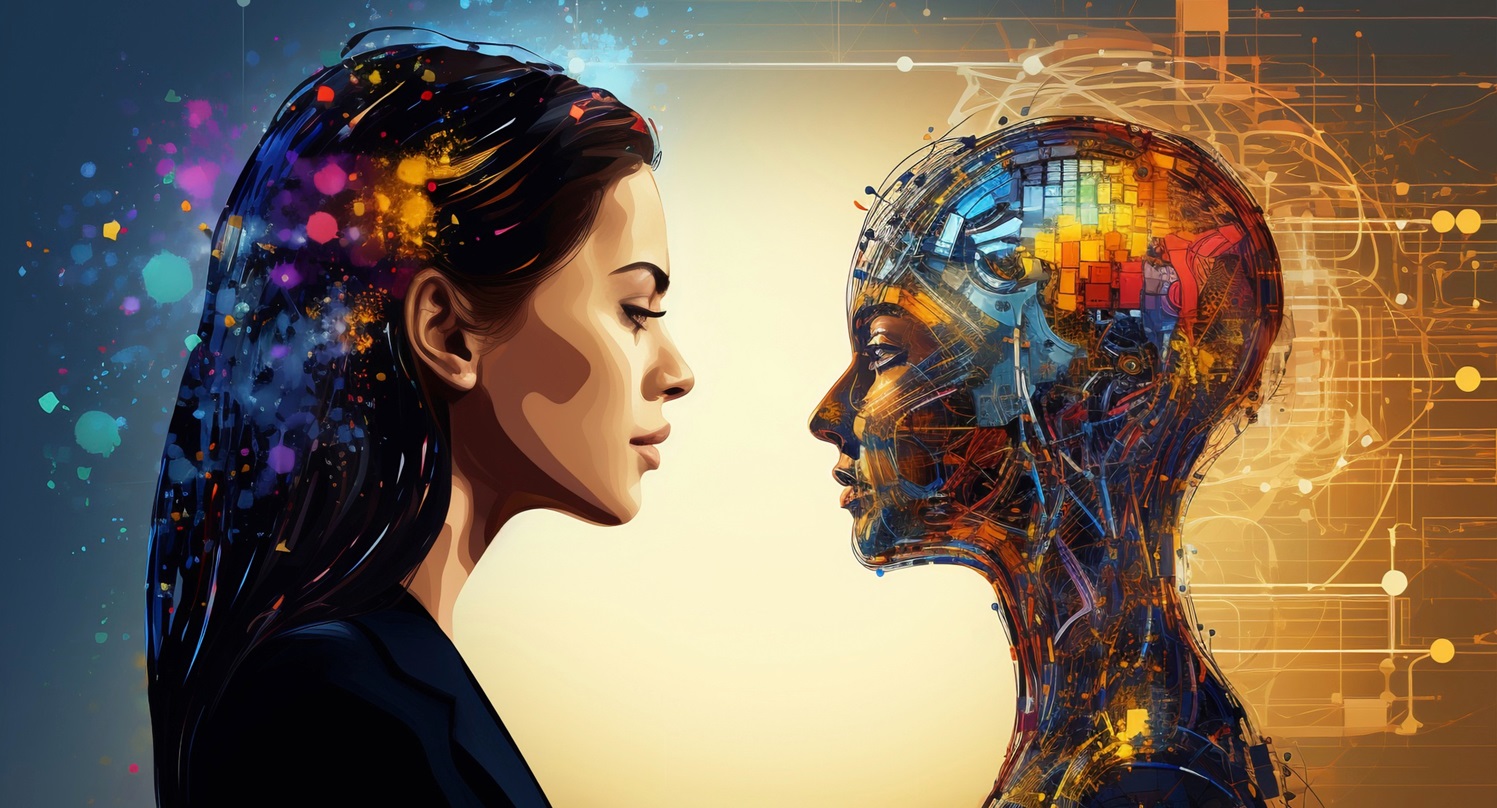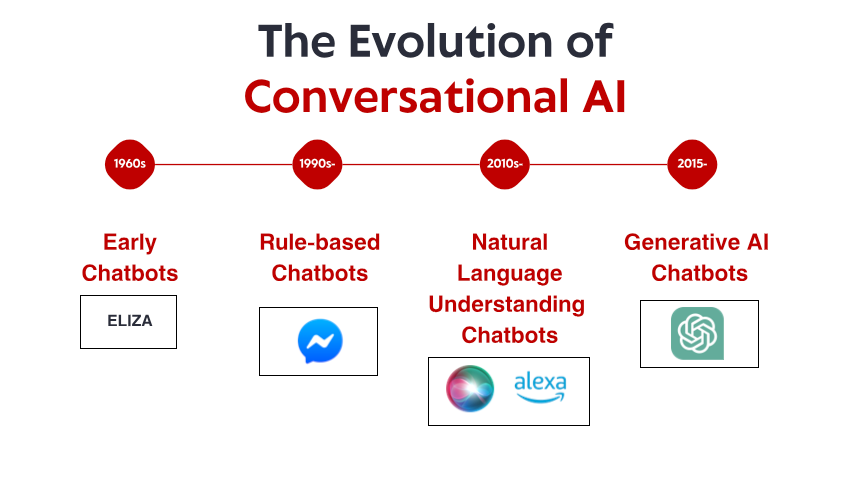Test YOUR Business in Minutes
Create your account and launch your AI chatbot in minutes. Fully customizable, no coding required - start engaging your customers instantly!
Introduction: AI Steps into the Classroom
From personalized learning paths to AI-powered tutoring and virtual classrooms, AI is becoming a trusted assistant for educators and learners alike. But as with any innovation, it brings both exciting opportunities and complex challenges.
In this article, we explore how AI is changing the educational landscape in 2025 — what’s already here, what’s coming next, and what it means for students, teachers, and institutions around the world.
1. Personalized Learning Through AI Algorithms
💡 How it works:
AI tracks how each student interacts with learning material
Algorithms adjust content difficulty and format based on individual progress
Students receive targeted feedback and extra practice where needed
🛠️ Tools:
Khan Academy with GPT-powered hints
Squirrel AI (China)
DreamBox for K-8 math
Personalized learning is helping students improve retention, confidence, and performance — without overwhelming teachers.
2. Intelligent Tutoring Systems Available 24/7
💡 Key benefits:
Instant feedback on essays, problem-solving, or quizzes
Adaptive questioning to guide learning
Support in multiple languages for international students
🛠️ Examples:
Socratic by Google
Duolingo Max (AI tutor mode)
ChatGPT-based learning assistants for custom topics
These systems are especially valuable in remote and underfunded areas where human tutors are scarce.
3. Smart Classrooms Powered by AI
📊 Features of smart classrooms:
Attendance tracking through facial recognition
AI that monitors student focus and engagement
Smart whiteboards that adjust content in real time
These tools don’t replace teachers — they give educators deeper insights into student behavior and progress, so interventions can happen sooner and more effectively.
4. AI in Grading and Assessment
🧠 What AI can grade:
Multiple-choice and fill-in-the-blank tests
Short-answer logic questions
Essays (for structure, grammar, and even argument quality)
⚖️ Concerns:
Ensuring bias-free assessment
Keeping human judgment for nuanced evaluation (e.g., creative writing, emotional tone)
When balanced correctly, AI grading frees up time for teachers to focus on lesson planning and student engagement.
Test YOUR Business in Minutes
Create your account and launch your AI chatbot in minutes. Fully customizable, no coding required - start engaging your customers instantly!
5. Virtual Teachers and AI Co-Instructors
🧑🏫 What AI co-instructors can do:
Deliver lessons through interactive chat or voice
Answer student questions in real time
Provide practice problems based on a student’s weak areas
Some universities are already using AI instructors to support large online classes — answering thousands of questions without delay.
6. AI for Administrative Efficiency in Schools and Universities
🧾 AI helps with:
Admissions (by analyzing applications faster)
Scheduling (matching class times, professor availability, and room capacity)
Student support services (AI chatbots that assist with financial aid, housing, or IT issues)
These improvements not only reduce costs but also improve the overall student experience.
7. AI and Accessibility in Education
🦽 Accessibility features:
Real-time transcription and closed captions for lectures
AI-powered text-to-speech and speech-to-text tools
Adaptive interfaces for students with dyslexia or mobility challenges
Example: Microsoft’s Immersive Reader uses AI to simplify texts, break down complex vocabulary, and read aloud for visually impaired users.
AI is helping ensure that education is truly for everyone — regardless of physical or cognitive differences.
8. The Role of AI in Lifelong Learning and Adult Education
🎯 How AI supports adult learners:
Recommends custom learning paths based on career goals
Analyzes job market trends to suggest in-demand skills
Offers microlearning in small, manageable lessons
Platforms like LinkedIn Learning, Coursera, and edX now integrate AI to personalize your entire learning
9. Ethical Considerations in AI Education
Who controls the data? Privacy must be protected when tracking student behavior.
Is there bias in AI recommendations or grading? Diverse data and ethical audits are essential.
What about equity? Wealthier schools may adopt AI faster, widening the digital divide.
Educators, developers, and policymakers need to work together to ensure AI in education is safe, fair, and truly beneficial.
Conclusion: AI Is a Tool, Not a Teacher
AI is not here to replace educators — it’s here to empower them. When used thoughtfully, artificial intelligence can reduce admin stress, personalize learning, and make classrooms more engaging and inclusive.
As we move deeper into 2025, the most successful schools and universities will be those that strike a balance: using AI as a supportive assistant while keeping the human heart of education alive.
